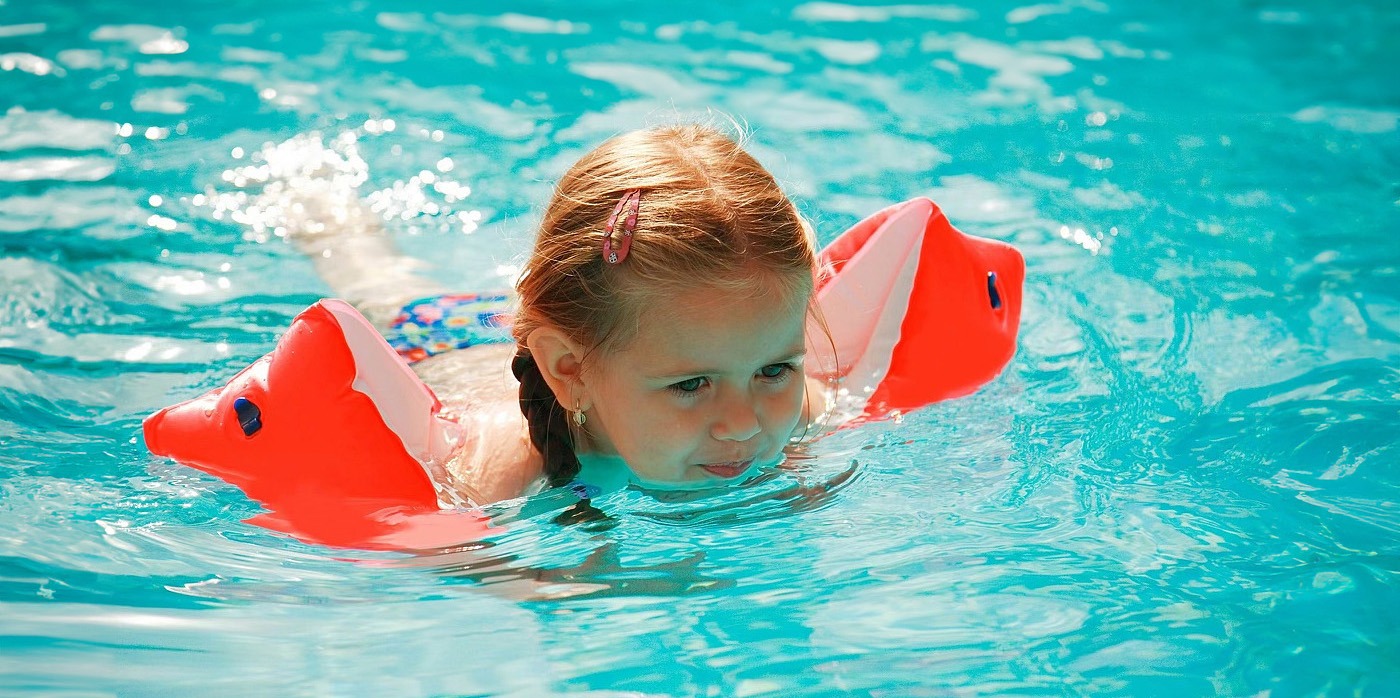Floaties come in all shapes, sizes, and cute characters – from rainbow tubes to unicorn rings. With their bright colors and sense of independence, it’s no wonder kids love playing in the water with these popular floatation devices.
But behind the inflatable fun lies hidden dangers parents should be aware of.
Relying solely on floaties gives a false sense of security in the water. They can hinder a child’s swimming ability, create bad habits, fail unexpectedly, and provide an alternative to learning actual skills. While supervision remains essential, safer options exist too.
Table of Contents
- False Sense of Security
- Sensory-Motor Learning
- Hindering Swim Development
- Creating Bad Habits With Life Threatening Risks
- Equipment Failures
- Safer Alternatives
False Sense of Security
That smiling floatie-clad kid happily splashing around can lull both children and parents into a false sense of safety. The truth is floaties do not replace the need for constant adult supervision and interaction in the water.
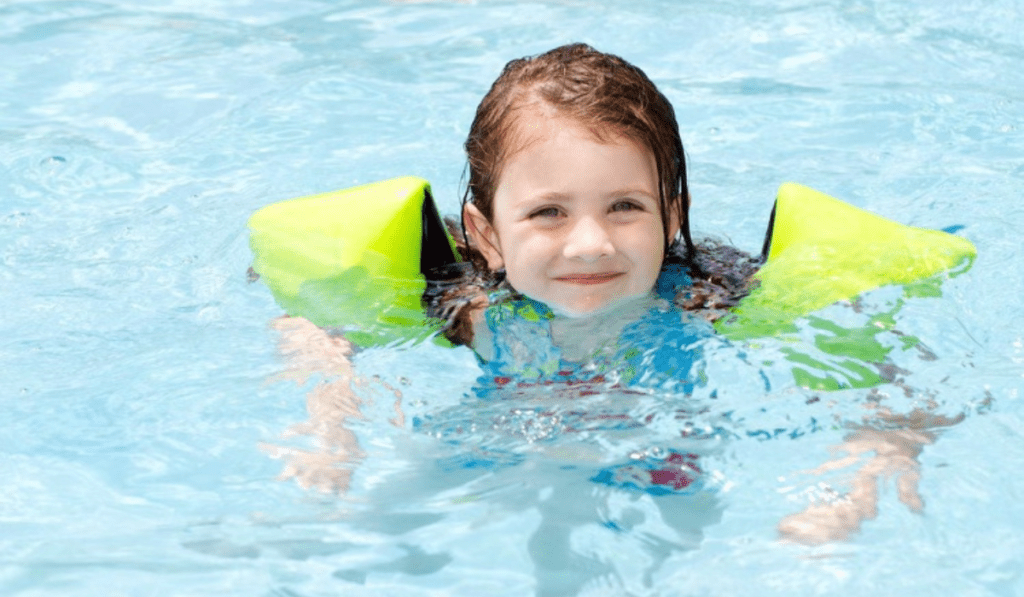
- 94% of toddler drowning deaths occur when a child is being supervised; it only takes seconds for disaster to strike.
- Many parents overestimate floaties’ protection and leave kids unattended either in pools, bathtubs, or at the beach.
- Children can also develop an unrealistic confidence about their swimming abilities while wearing floaties.
- Over-trusting floatation devices gives kids a false impression they are safe in the water without an adult.
No matter what safety gear is used, active supervision with eyes always on the child is essential for drowning prevention.
Sensorimotor Learning
Sensory motor learning in children’s swim lessons involves the integration of sensory information (like tactile and proprioceptive feedback from water) with motor actions (like swimming strokes). This process is fundamental in developing muscle memory. When a child learns to swim, their brain forms neural pathways that encode these movements. Frequent practice reinforces these pathways, making the movements more automatic and less reliant on conscious effort. The availability of air, or the act of breathing, is crucial in this learning phase. It not only ensures safety and comfort but also allows for the repetition necessary to reinforce these neural pathways. Consequently, the child’s body learns to execute swimming movements instinctively, a process known as procedural memory formation in motor learning. This is why consistent practice and correct technique are essential in teaching children to swim effectively. You are either imprinting the most effective ways to survive, or the fastest way to drown.
Hindering Swim Development
Floaties may keep kids’ heads above water, but their design physically prevents proper kicking, paddling, body posture and movement needed to actually swim.
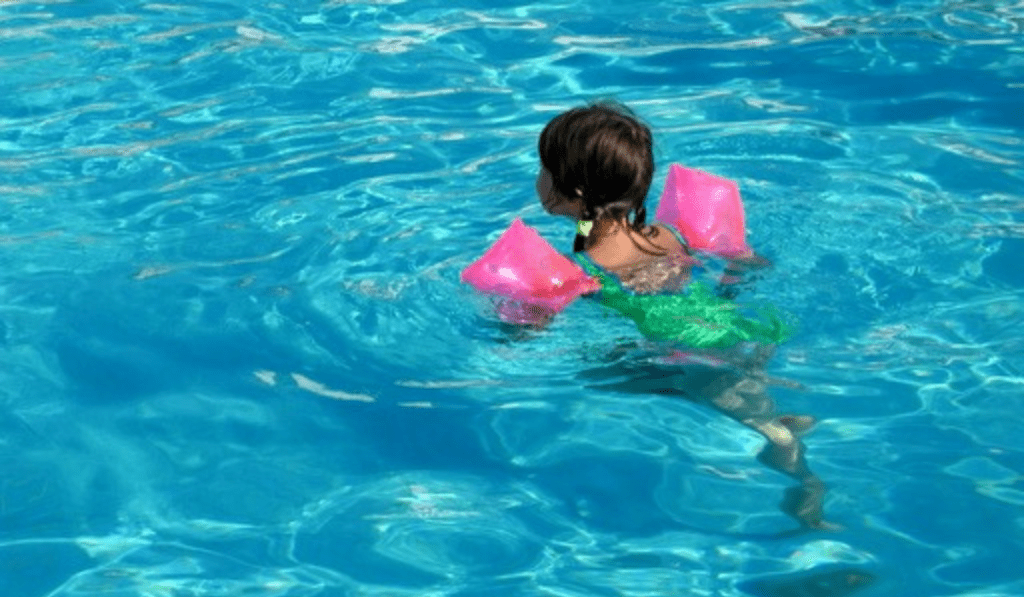
Ideal swimming and floating require a horizontal body position – prone and streamlined – for moving through water or floating on the surface. Floaties tip children upright and into a vertical body posture with the arms extended out and the legs hanging straight down. This is the complete opposite of swimming or floating in self rescue skills.
- Bulky tubes, floaties on the arms and vests around arms and legs impair motor development essential for coordination.
- The hard-to-move designs do not allow kids to properly propel themselves or practice strokes. This leads to inefficient habits later on.
- Children never learn important skills like floating on their own, breath control or placing their face in the water to swim.
- This often also creates resistance to learning the proper way to swim later on in formal lessons.
- Over time this dependence interferes with comfort and competency in the water.
In contrast, nothing beats free movement for developing strong swimmers.
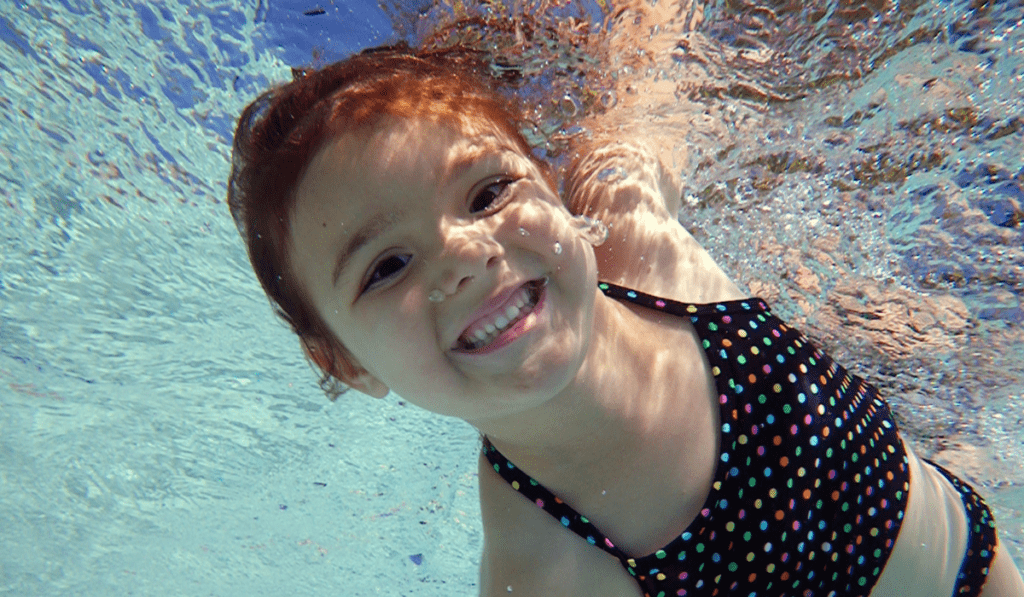
Creating Bad Habits With Life Threatening Risks
Besides positioning and maneuvering issues, another major downside of floaties emerges – ingraining detrimental habits into the muscular system.
Kids learn to keep their heads out of the water, do ineffective bicycle kicks, and rely mainly on inefficient arm motions for getting around. Repeatedly using this incorrect “drowning position” imprints unsafe muscle memory. It’s important to understand that muscle memory occurs in an aquatic environment when the child is able to breathe. However, the body is unaware that it is only able to breathe, because there is a floatation device keeping the head above water. Unfortunately, those “quickest way to drown body postures” are now engrained into the muscular system and when that child falls into the water without the floatation device on… the child’s body reverts back to that initial learning experience; pops their head up, drops their legs down, extends their arms out and struggles silently for air before sinking.
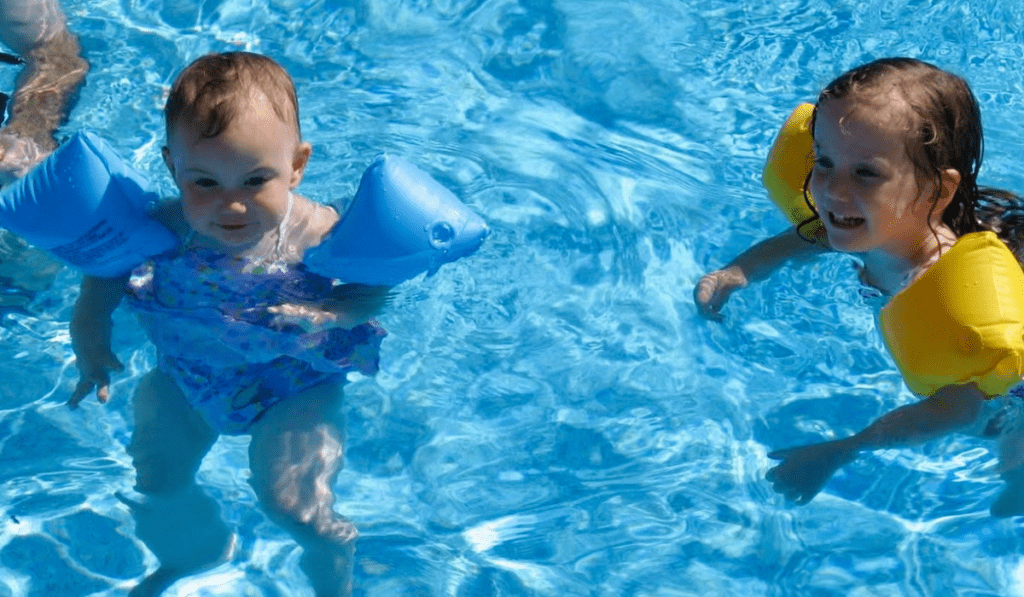
- The upright stance creates high resistance and drag compared to proper prone swimming.
- Arm pulling from this continual head-tilted angle builds flawed propulsion methods.
- Children strengthen the wrong sets of muscles instead of key core or leg-driven movements.
- Working against unnatural buoyancy frustrates some kids and scares others distrusting their independent float.
Breaking these bad habits once pool “floaties flotation” devices come off poses quite the retraining challenge later on.
Equipment Failures
Even with diligent supervision, another unpredictable risk exists – unexpected floatie failures.
Inflatable flotation aids seem innocuously harmless floating around the pool or lake. But plenty of scary scenarios exist behind their deceiving exterior:
- Frequently dragged over rough pool surfaces or sharp objects on land, punctures or leaks can rapidly deflate floaties.
- Overinflating stresses seams while underinflating reduces buoyancy.
- As plastic degrades over time from sun exposure and wear, sudden deflations become more likely.
- Knocks against lane dividers, pool sides, or other hard surfaces may cause issues.
- Appropriate Coast Guard-approved labels with manufacture dates should be checked before each use.
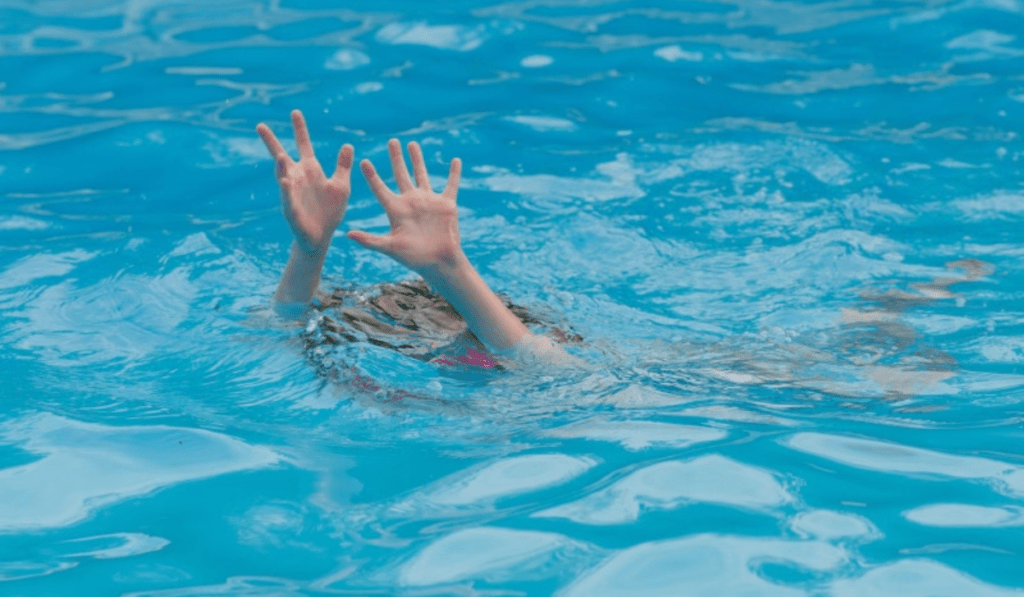
No parent wants to discover a punctured or ill-fitted floatation device failing just when their child needs it most.
Safer Alternatives
Rather than solely relying on questionable floaties, safer alternatives exist providing more water confidence.
U.S. Coast Guard-Approved Life Jackets
- Snug-fitting, tested life jackets approved for weight ranges offer backup buoyancy without movement impediment.
- Sturdy handles make grabbing ahold of wandering children easier.
- Bright colors aid visibility.
- Look for “Type I” or “Type II” jackets.
Professional Swimming Lessons
- Custom-tailored instructions from a qualified teacher, provide essential life saving skills unavailable from floaties alone.
- Kids gain water comfort, submersion tolerance, breath control, floating, paddling, and safe self-rescue habits.
- Private swim lessons cater to different ages and comfort levels.
- Continual practice builds muscle memory and coordination for efficient swimming and an automatic response in the water.
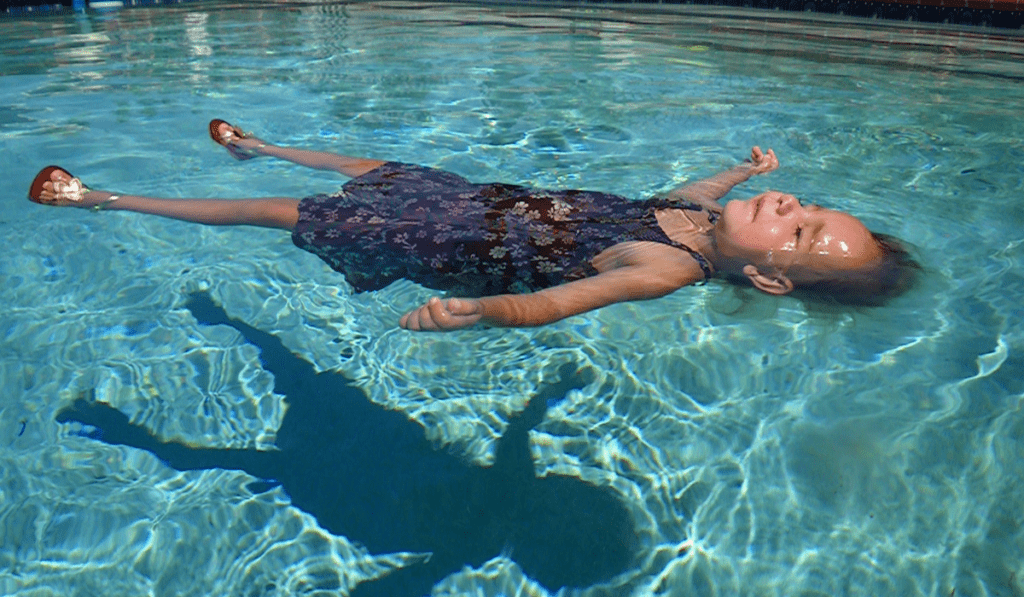
Prioritize Swim Safety, Not Just Flotation
While floaties seem like fun water accessories, they can ultimately undermine child safety through unrealistic confidence, swimming impairment, poor skill development, and reliability issues. No device replaces proper adult supervision and interaction.
Rather than depending on questionable floatation devices, focus on preventative layers – active monitoring, lessons for real skills, and USCG-approved backups like life jackets. Building water competence takes time and practice, not purchases.
As kids venture near pools, lakes, and oceans this summer, make sure their safety stays secure. Don’t let the illusion of independence drown out caution and learning. Prioritize swim security through preparedness and dedicated attention.


